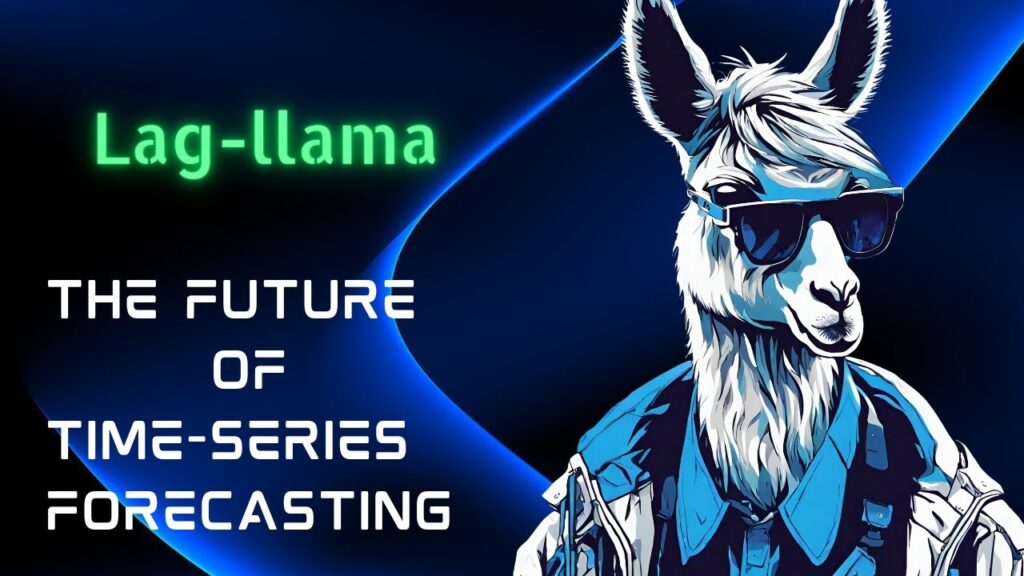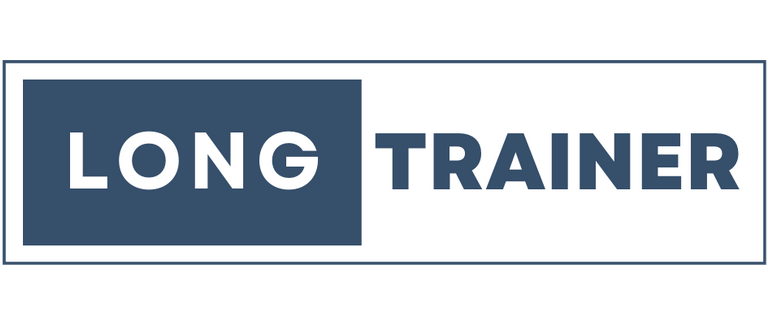
In the intricate world of data, predicting the future holds immense value. Time series forecasting, the art of using past data to predict future values, plays a crucial role in various sectors. Enter Lag-Llama, a groundbreaking open-source foundation model specifically designed to empower users with accurate and interpretable time series forecasting capabilities.
Delving into the Creation of Lag-Llama:
Developing Lag-Llama involved a meticulous process, drawing inspiration from established transformer-based architectures. Here’s a breakdown of its key components:
- Data Preparation: The journey begins with preprocessing historical data, ensuring it’s in a format suitable for the model. This involves steps like normalization, scaling, and handling missing values.
- Model Architecture: This model leverages a decoder-only Transformer architecture with a twist. Unlike traditional Transformers, which handle both encoding and decoding, Lag-Llama focuses solely on decoding the past to predict the future. This specialized design streamlines the process and optimizes performance for time series forecasting tasks.
- Attention Mechanism: The core of lies in its attention mechanism. This clever technique allows the model to assign different weights to various past data points, focusing on the ones most relevant to predicting the future value. By intelligently focusing on critical information, Lag-Llama achieves superior forecasting accuracy.
- Distribution Head: The final layer, known as the distribution head, plays a vital role. It translates the internal representation created by the Transformer into a probability distribution for the predicted future value. This enables this Llama to not just predict a single point forecast but also provide uncertainty intervals, offering valuable insights into the potential range of future outcomes.
Advantages that Set Lag-Llama Apart:
Lag-Llama stands out not just for its unique architecture but also for its compelling advantages:
- Open-Source Accessibility: Unlike many powerful models locked behind proprietary walls, Lag-Llama’s open-source nature fosters collaboration, encourages community-driven development, and democratizes access to advanced forecasting tools.
- Competitive Performance: Lag-Llama holds its own against leading models in the field, achieving state-of-the-art results on various time series forecasting benchmarks. This showcases its effectiveness and positions it as a game-changer in this critical field.
- Probabilistic Predictions: Beyond point forecasts, Lag-Llama excels at providing probabilistic outputs. This valuable feature allows users to understand the level of certainty associated with predictions, aiding in making informed decisions while considering potential variations in the future.
- Customization Potential: Due to its foundation model nature, Lag-Llama can be fine-tuned for specific applications and datasets. This flexibility empowers users to leverage its power while adapting it to their unique needs, further increasing its applicability.
Unveiling the Powerhouse: Use Cases and Beyond:
The potential of Lag-Llama extends far beyond the realm of academia. Here are just a few exciting applications across diverse sectors:
- Business and Finance: Predicting future sales, stock prices, and customer behavior can provide valuable insights for informed decision-making.
- Supply Chain Management: Optimizing inventory levels and predicting demand fluctuations are crucial aspects that Lag-Llama can empower.
- Energy Management: Accurately forecasting energy consumption can help optimize resource allocation and lead to sustainable energy usage.
- Environment and Climate: Predicting weather patterns and climate change trends can support crucial research and policy development initiatives.
Additional Important Details:
Availability:
Lag-Llama is readily available on both GitHub and Hugging Face, making it easily accessible and integrable for developers and data scientists.
Continuous Development:
The Lag-Llama project enjoys active maintenance and ongoing development. This ensures its ongoing relevance and adaptability in the ever-evolving landscape of machine learning.
Conclusion:
Lag-Llama signifies a significant leap forward in the field of time series forecasting. Its open-source nature, competitive performance, and diverse applications hold immense promise for researchers, businesses, and anyone seeking to unlock the power of data to predict the future with greater accuracy and interpretability. As Lag-Llama continues to evolve, it has the potential to become an indispensable tool for navigating the complexities of the future, one data point at a time.






